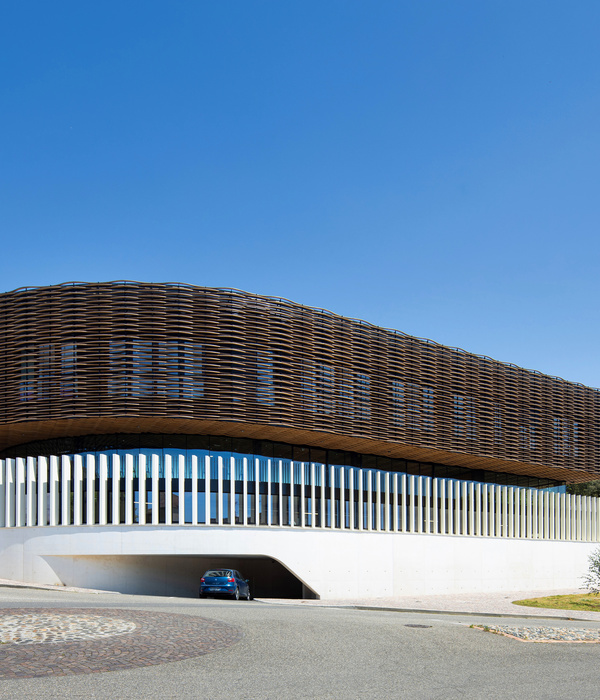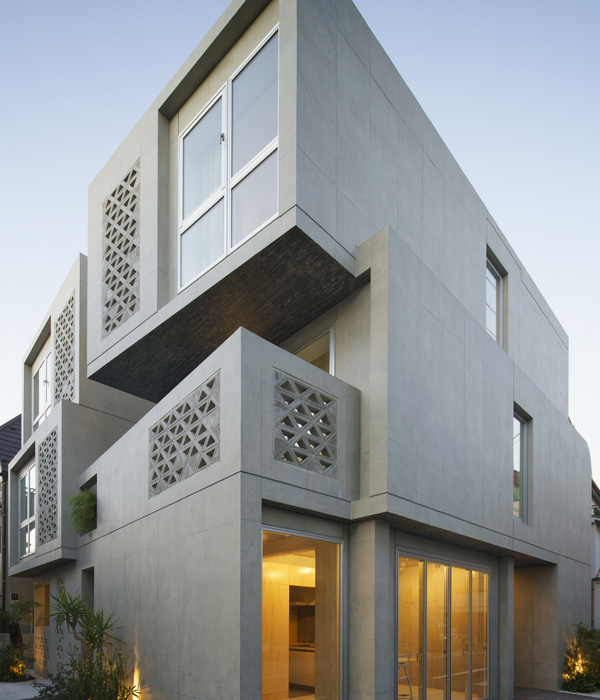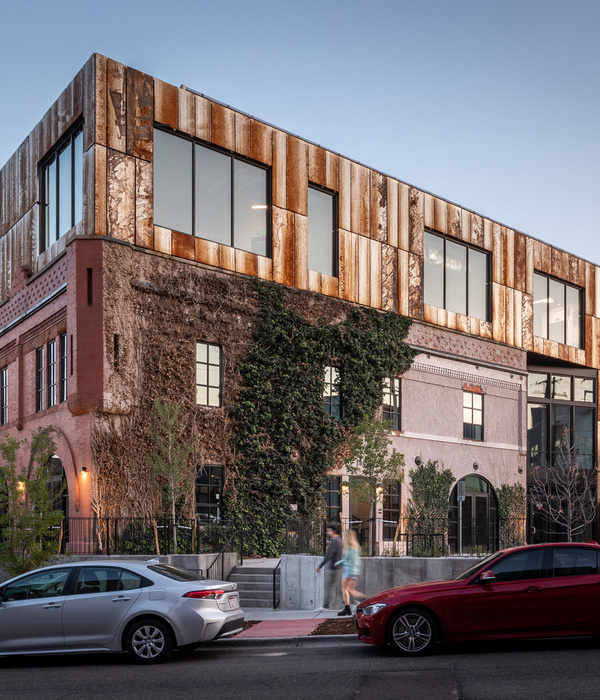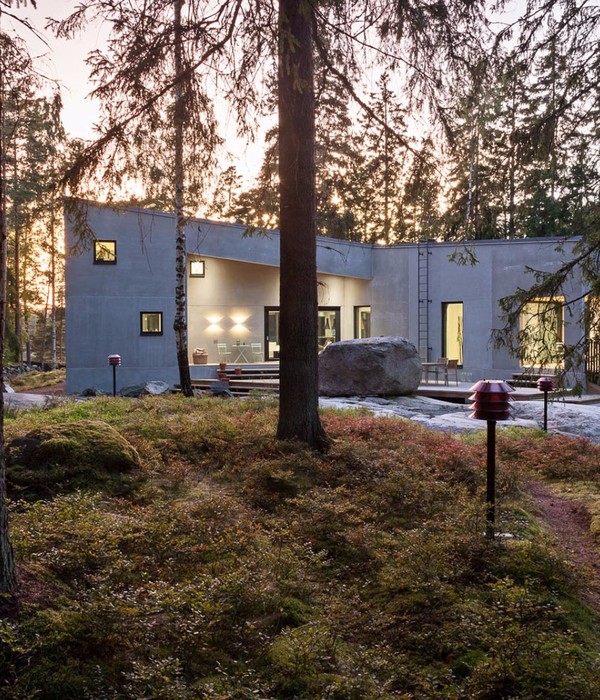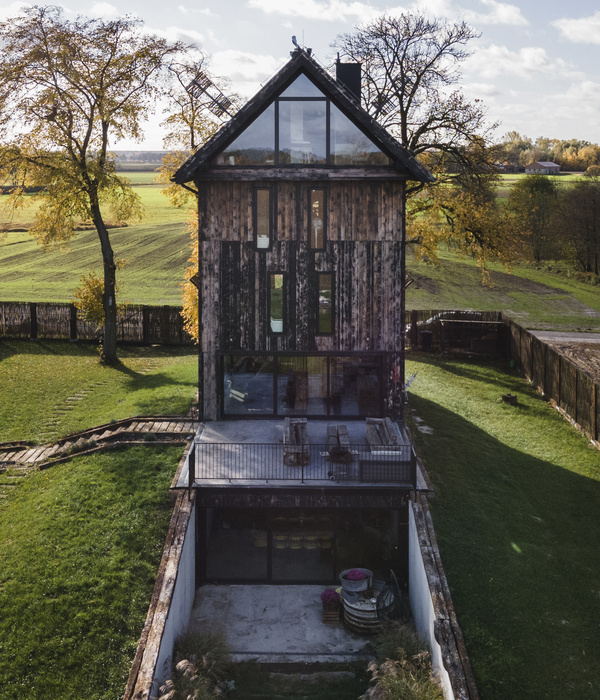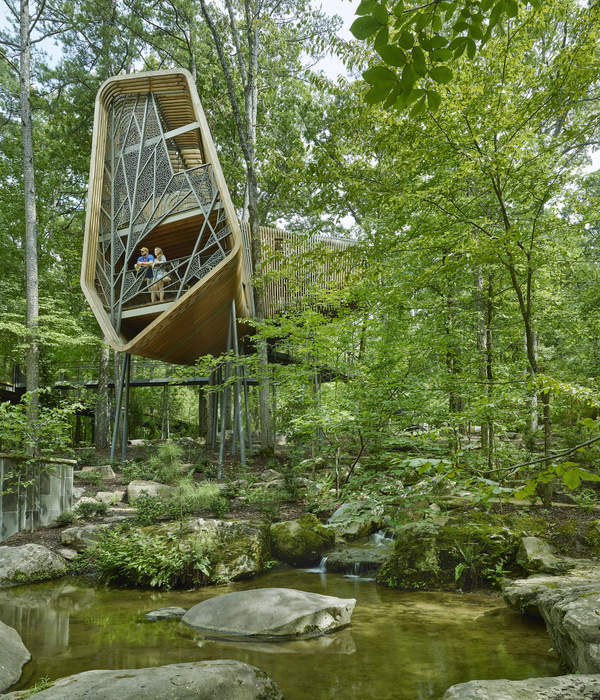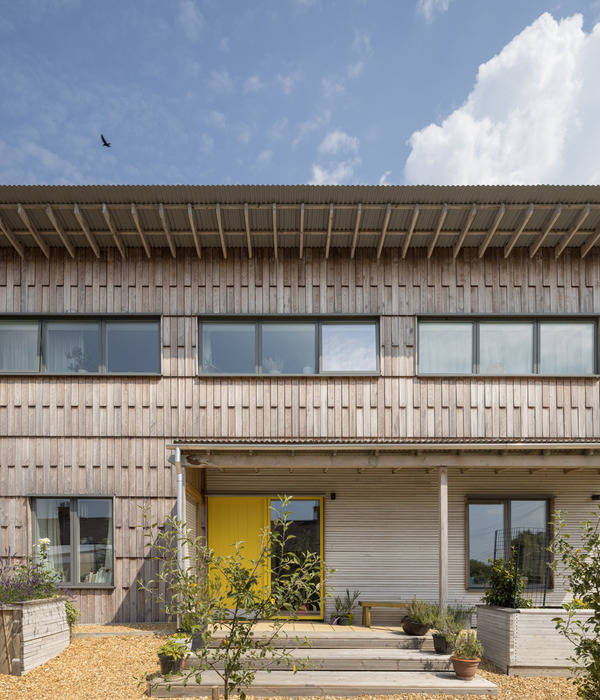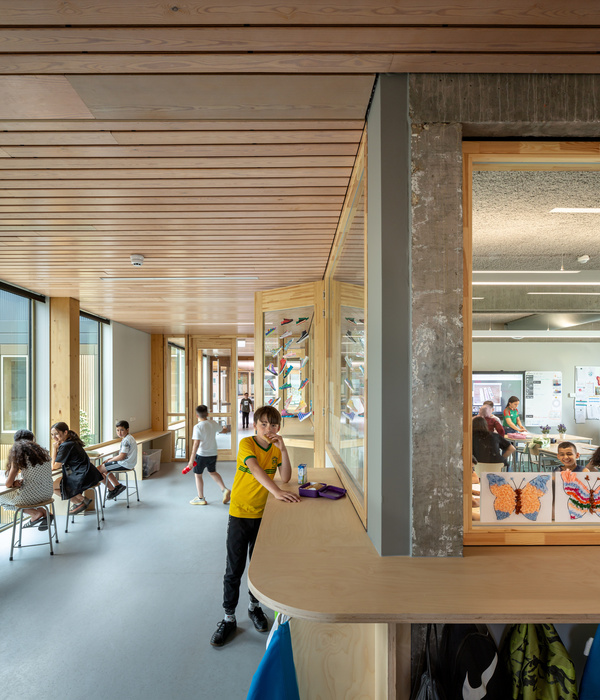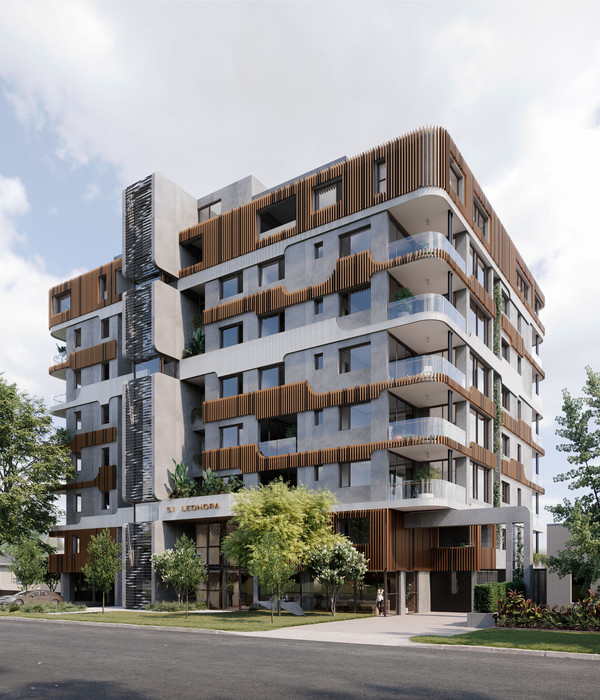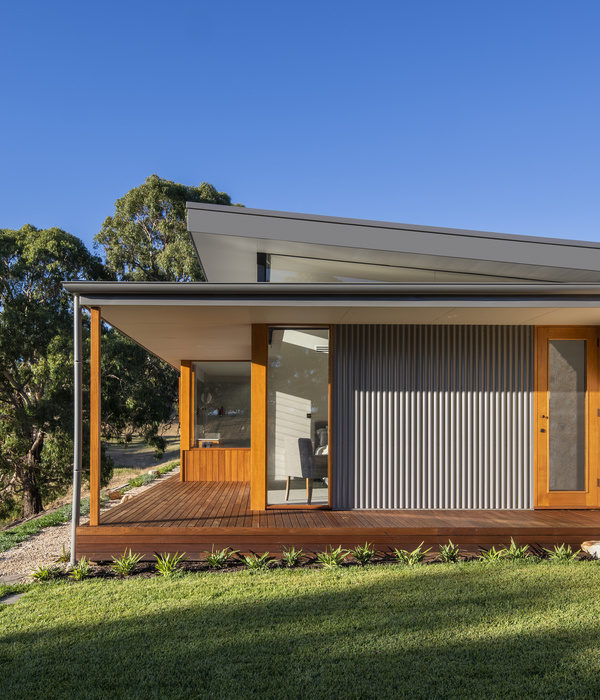Architect:ZJA
Location:Antwerpen, Belgium; | ;View Map
Category:Bridges;Tunnels;Highways
The objective of the major reconstruction of the Antwerp Ring Road is to close the ring and roof it over as much as possible, in order to drastically improve the integration into the city. Tunnels, bridges, bicycle bridges, new underpasses and park zones on top of the covered motorway will improve connectivity and decrease the inconveniences of high intensity traffic. Commissioned by Lantis, the architectural office ZJA is responsible for the architectural design of the Oosterweel Connection on the Right Bank of the Schelde river.
This part of the Ring Road is characterized by the high density of merging and crossing flows of traffic. This demands not only complex technical requirements, but also makes it harder to give the motorists a sense of overview in order to prevent dangerous, confusing situations. Taking care of this aspect in combination with the objectives to improve quality of life, such as better connections, less noise and pollution and more greenery, makes the Oosterweel Connection one of the most ambitious parts of the new Ring Road. Particularly in this case a good architectural design can create tranquillity and greatly improve overview, clarity and thus user friendliness. An example of this is to embed the road in the landscape in the form of a U, making the landscape dominant above the level of the upper ledge, and infrastructure dominant below that.
Many means are used to shield the Ring Road from the city and to shape or strengthen the park zones. There are green walls, slopes and noise barriers. Extensive and sometimes turbulent consultations with civil servants, experts and residents in many stages have resulted in an innovative and attractive plan.
Approaching the city from the Netherlands this is a well-known site, the myriad of exits and approaches to the Ring near the Groenendaallaan. This is where the Ring will be roofed over to create a park. Underground, the Oosterweel tunnel under the Albert canal is divided. Smooth lines, calm and clear surfaces and continuous elements must ensure coherence, overview and thus increased safety. The Groenendaallaan will intersect the roofed over Ring right through the park zone by a bridge, with entrances to the Ring in the middle. The bridge is designed to cause minimal vertical interference in the landscape.
In the old situation a motorist on the Ring, near the Sportpaleis, used to have the feeling of being a general overseeing the entire city landscape. Here, the new Ring will be underground to give the city the space it needs. In the design of the roofing, the bridge and the wall’s curved corners, continuous lines and flowing connections of ledges and walls are used to create a perception for the motorists that is as continuous and serene as possible.
After a stretch of open road, one reaches the set of exits at Schijnpoort. Here there is no screening of the city, with the multiple connection to the city being the theme. A bridge with a slender and minimal design functions as a central spine of exits and entrances. The bridge at the Verbindingsweg appears to be embedded in the embankment of the Ring. The dark concrete wall accompanies the motorist along the entire Ring as an element of clarity and continuity in the complex traffic situation.
Following a stretch of open road, the third roofed over part of the Ring will be reached. This is where a westbound road connects to the Ring. As in the case of the Sportpaleis site the emphasis here is on shielding off the road and creating a park zone. Seen from the Ring the entrance is spacious, framed by narrow and clear lines, surrounded by lawns and shrubbery.
The part of the Ring on the west side is also known as the Oosterweel intersection. Here, the Ring will be drastically reconstructed and expanded. The roads intersect and merge in between the canal tunnels to the east and the new Schelde tunnel to the west. This is also where the main exits are to the Port of Antwerp to the north. The new Schelde tunnel connects the Left Bank to the Ring.
A special feature here is that to the east of the intersection the ring divides itself in two sections before they pass under the Albert canal. This means that the two tunnels cross the canal stacked on top of each other. This way a green zone remains along the bank of the canal where a pond, the monumental church of the former village of Oosterweel and the ruins of Fort Noordkasteel are located. Before cars can enter the Scheldetunnel the Ring is an open road, but embedded in a green zone.
The renewal of the Antwerp Ring Road is a huge and very important infrastructural effort, because for a long time the Ring was a symbol of the unfortunate and calamitous relationship between the quality of life in the city and the demands of traffic, industry and trade. This new plan strives for an efficient and realistic synthesis between all those interests with an eye to the future of the city. It is in that spirit that ZJA has worked on this part of the new Ring of Antwerp.
Architect: ZJA
Principal: Lantis (Leefbaar Antwerpen door Innovatie en Samenwerken), together with Sweco Belgium and Witteveen+Bos.
Client ZJA: RoTS (Witteveen + Bos and Sweco Belgium)
▼项目更多图片
{{item.text_origin}}

